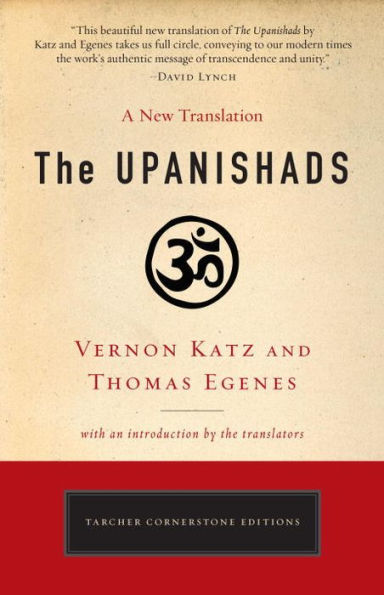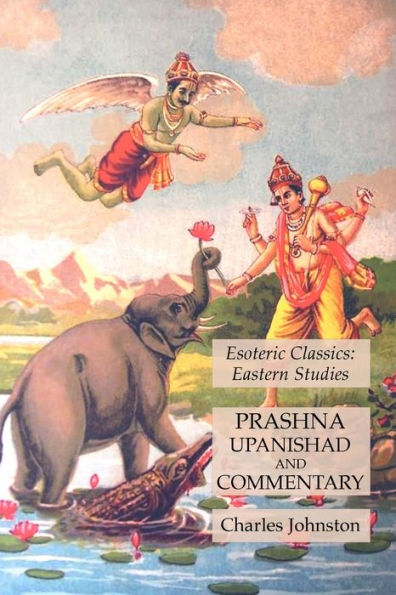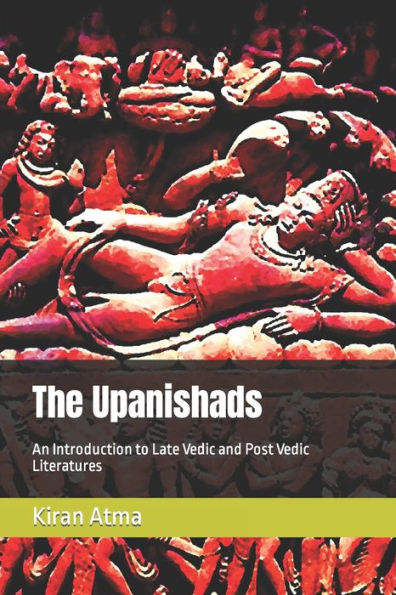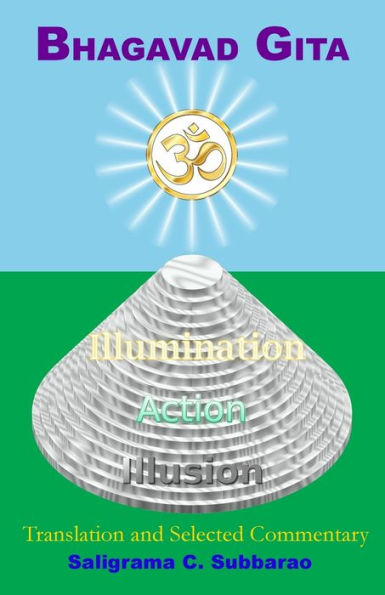Home
The Kena Upanishad & Commentary


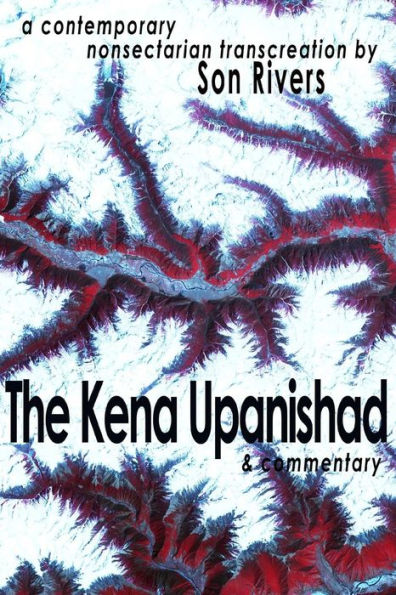
The Kena Upanishad & Commentary
Current price: $13.95
Loading Inventory...
Size: OS
I was reading the Mandukya, Isa, Kena. I had a copy of the Eight Upanishads and the great Shankara's commentaries. Shankara: the early 8th-century founder of Advaita Vedanta is the go-to sage in that world.
And so I went to him. But somewhere in the Isa Upanishad I began to notice a curiosity. Shankara was not always interpreting the words of the Isa but adding his own, not to necessarily clarify what was there, but to make it fit with what he was saying was there, what must be there!
And then it got curiouser and curiouser. I noticed almost all of the other translations read were most often translating Shankara rather than the words themselves.
From that point, it was decided to go back and start translating the entire work. The intent was to merely translate the words as best possible, utilizing online Sanskrit dictionaries, other translations, and web search engines. Also, the words would be strung together in the order they were written with as few connecting words as possible, only to be used to make sense of the words in an English phrasing.
Moreover, and most importantly, intuition would be replied upon for any ultimate choice of rendition. The raw words would sit there until a flash of insight fashioned them together, choosing a more appropriate synonymous word and maybe a better connector, with the mandate still being word-for-word translation. In this way, the Kena would translate itself.
To my personal amazement, what emerged was a direct path of wisdom. There was no sectarian influence there whatsoever. In fact, the only words ever read here that came as close to the freshness of the Kena were those of Nisargadatta Maharaj and Ramana Maharshi and some early Chan writings.
Included in this book is that initial translation with the simple notes kept at the time. But the transcreation, formed after the translation was finished, is the main text. The intent for this was to keep all the words there there, and add others only for clarification, structure, and rhythm.
So this book will consist of this front matter of Preface and Introduction. Then, the transcreation follows. Next is the transcreation again, but with commentary after each verse. Next is the translation and notes. Last is an afterword, where the commentary on the Kena is made a little more manifest.
Enjoy.

